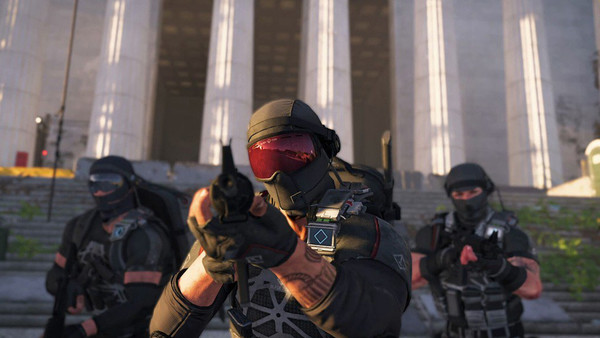How Live Service Video Games Are Poisoning The Industry
6. Why Every Game Has To Have Live-Service Elements

The dawn of the PS4 and Xbox One era not only saw the popularity of FPS games start to wane and open-world titles become more dominant, but also introduced a tighter synergy between multiplayer and single-player modes. Previously, the two styles of play were kept separate (which meant predominantly single-player games were mandated to have a tacked-on multiplayer component that nobody actually played), but with online services becoming more prevalent, titles like Destiny attempted to blend the two styles into one coherent package.
Thus, the live-service sub-genre was born, which enabled an element of online integration through the promise of post-launch updates that would constantly transform the world and give players an endless stream of content to sink their teeth into (and pay for), in a package they could either play with others or alone.
In theory, this is amazing, and could have made games better than ever. Having titles that are essentially living entities that never end, packed with the content that already comes as standard but which evolve beyond that with new updates and DLC, seemed like a win-win for players and developers.
Sadly, that's not how it panned out...